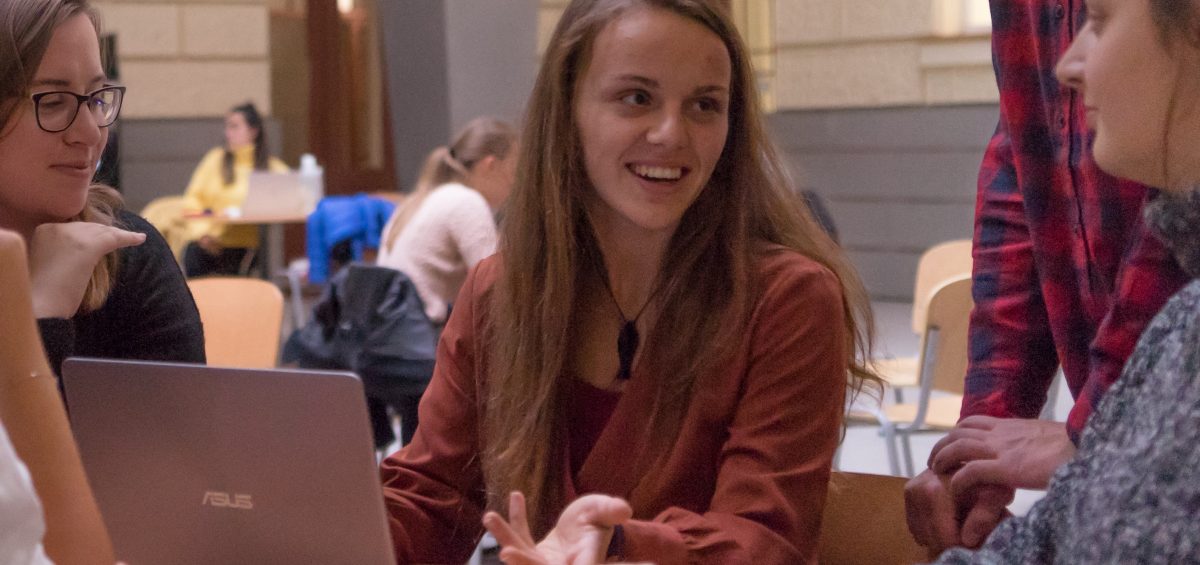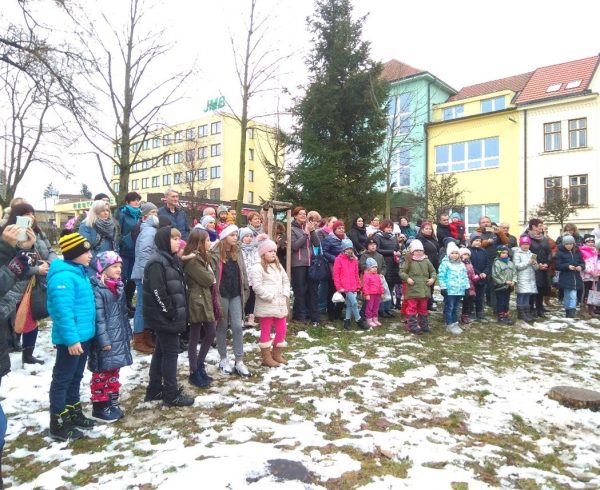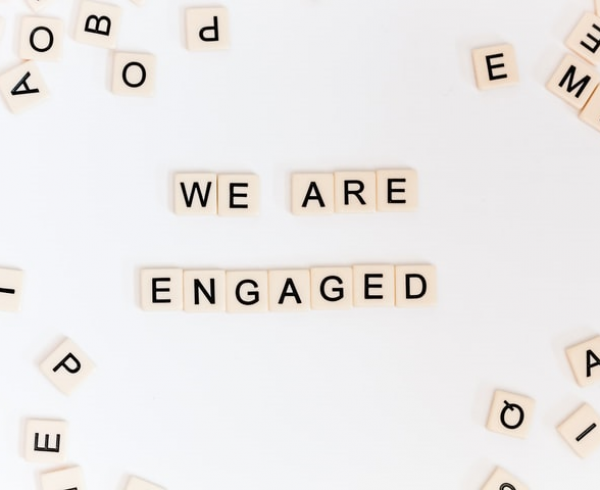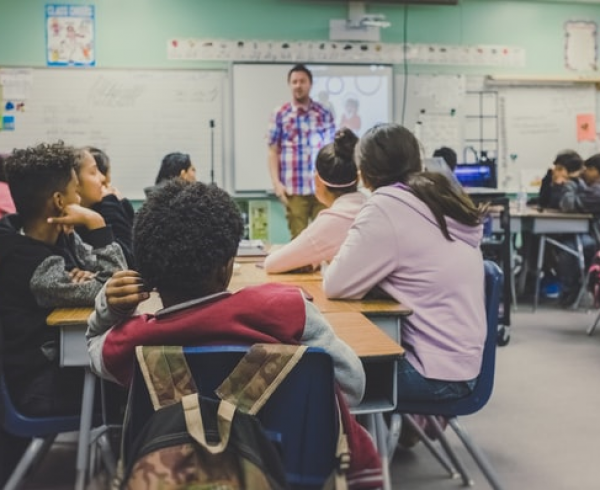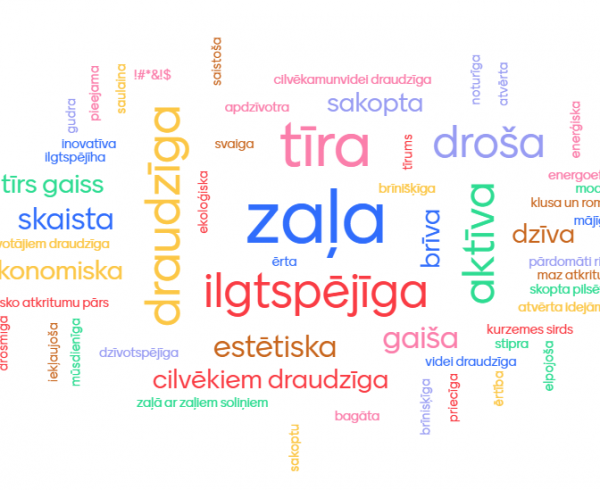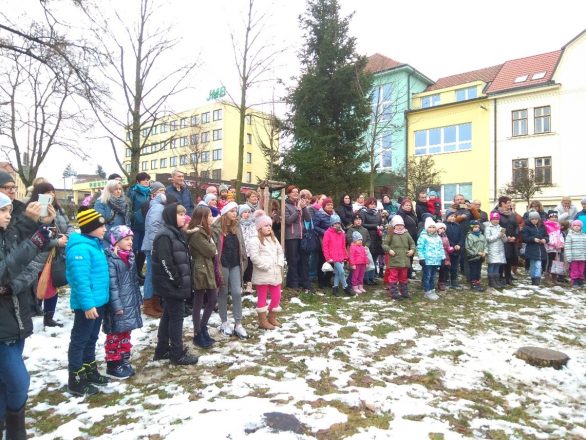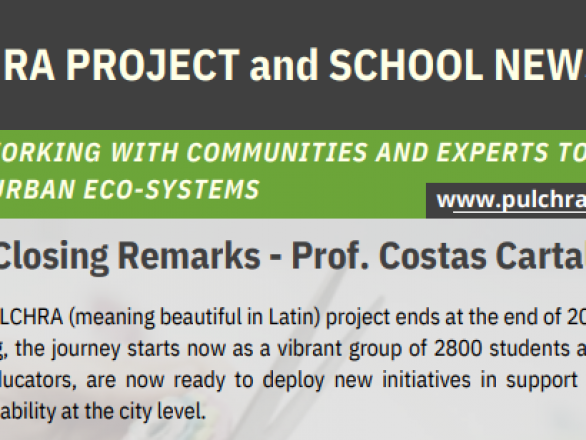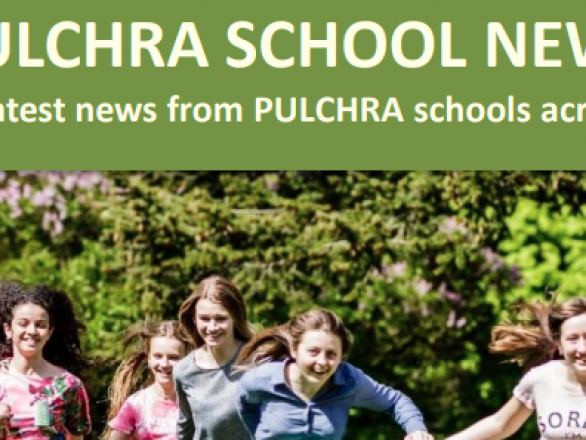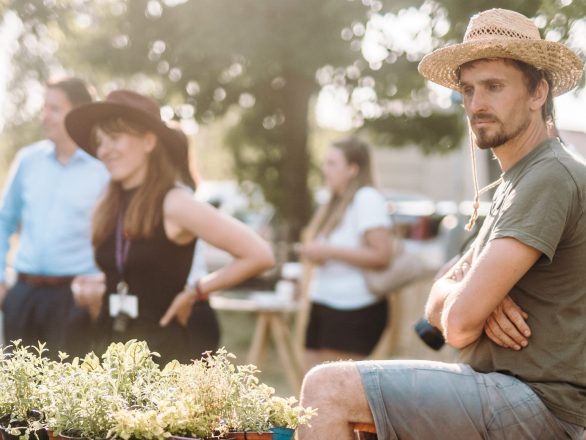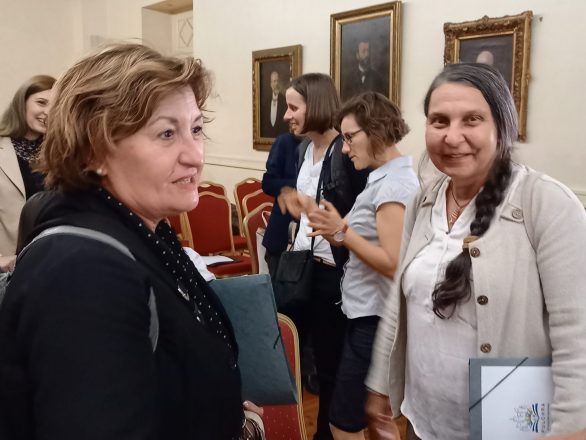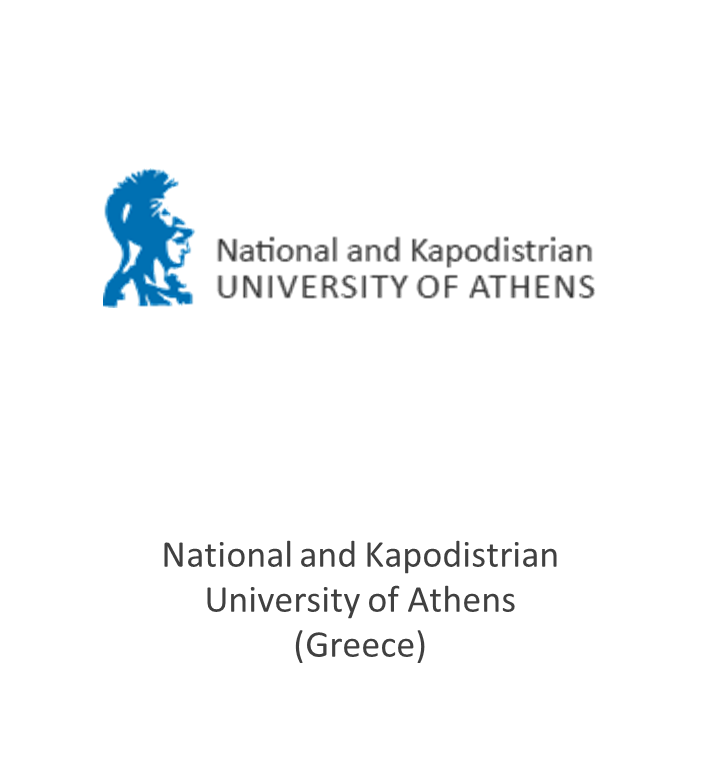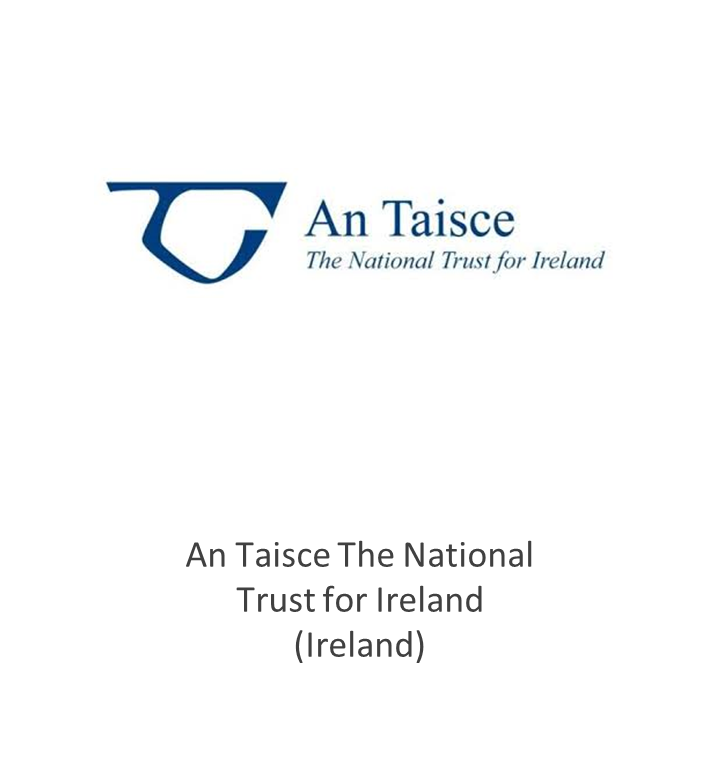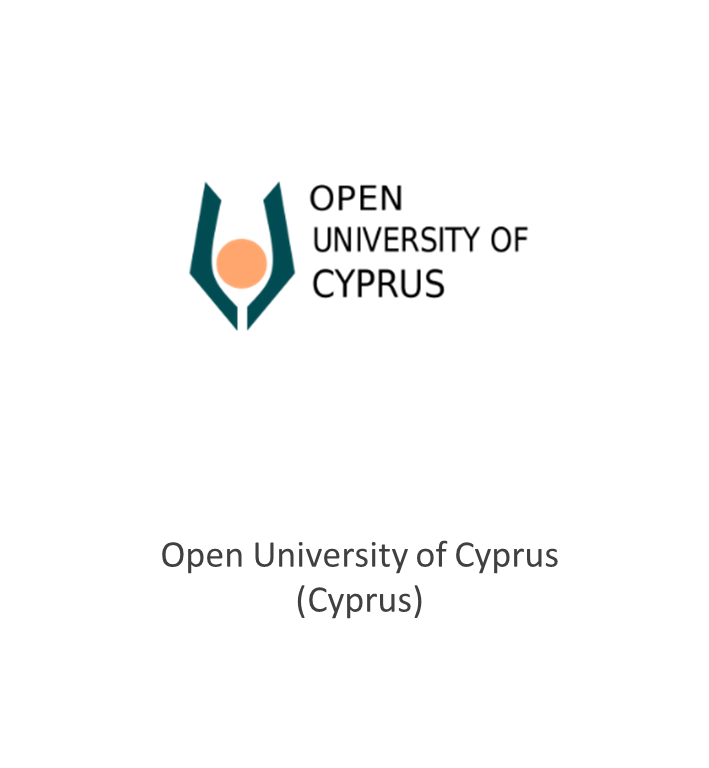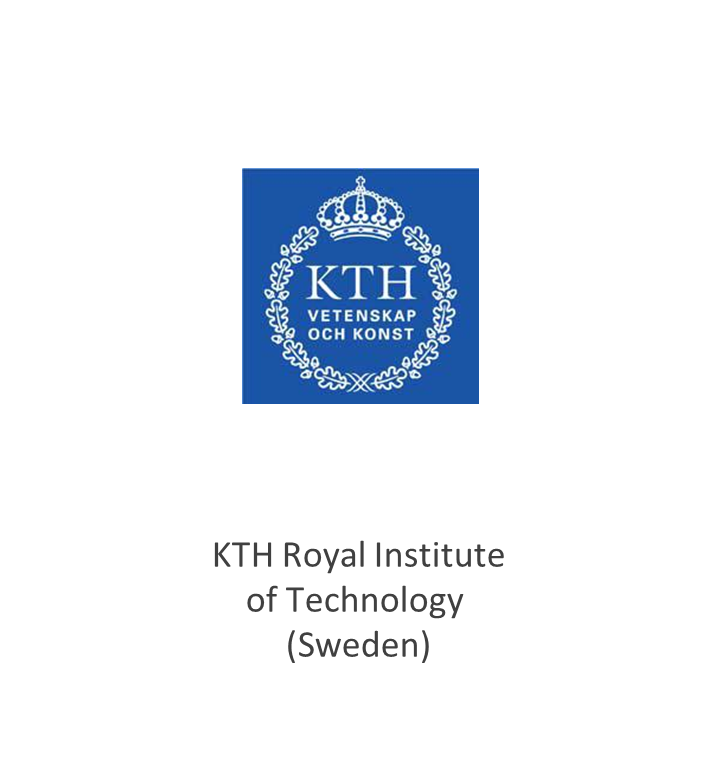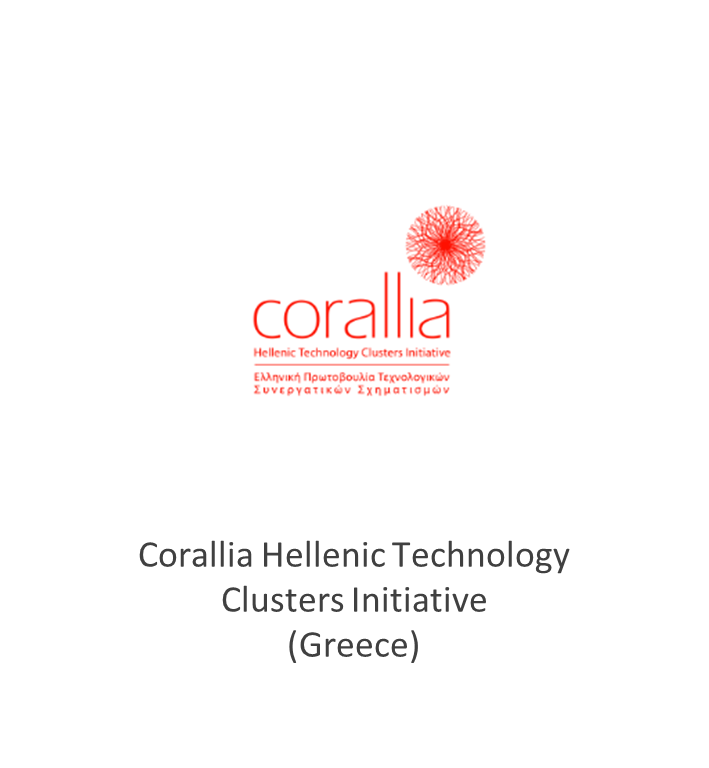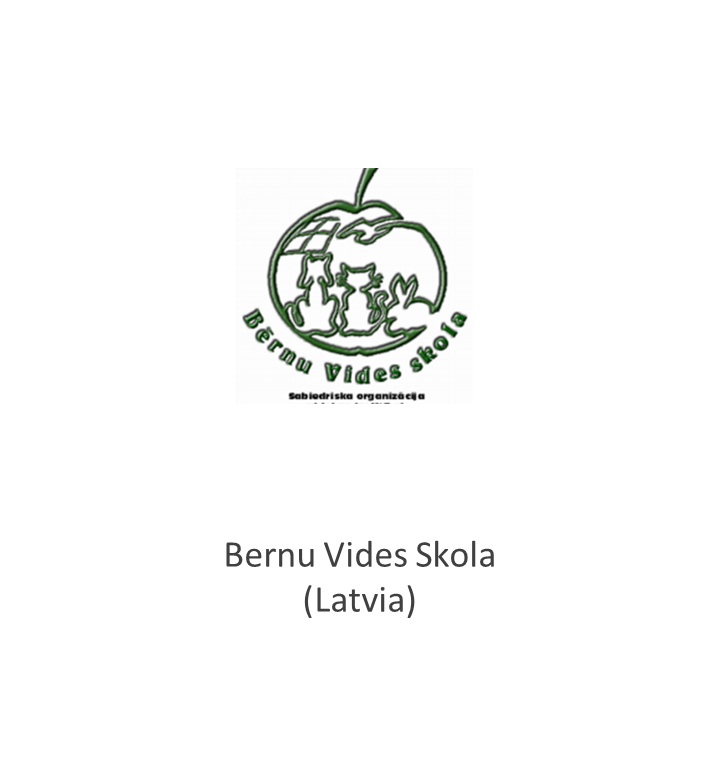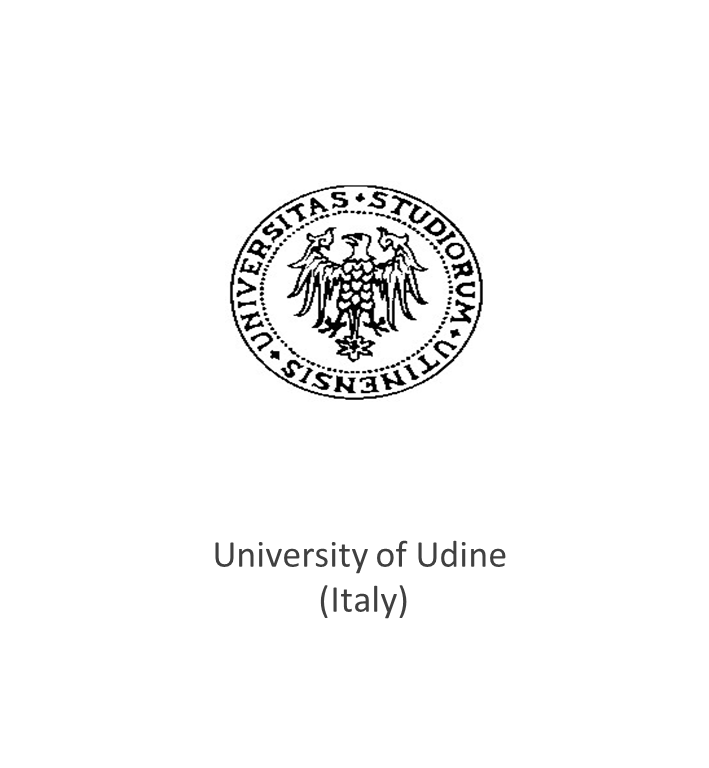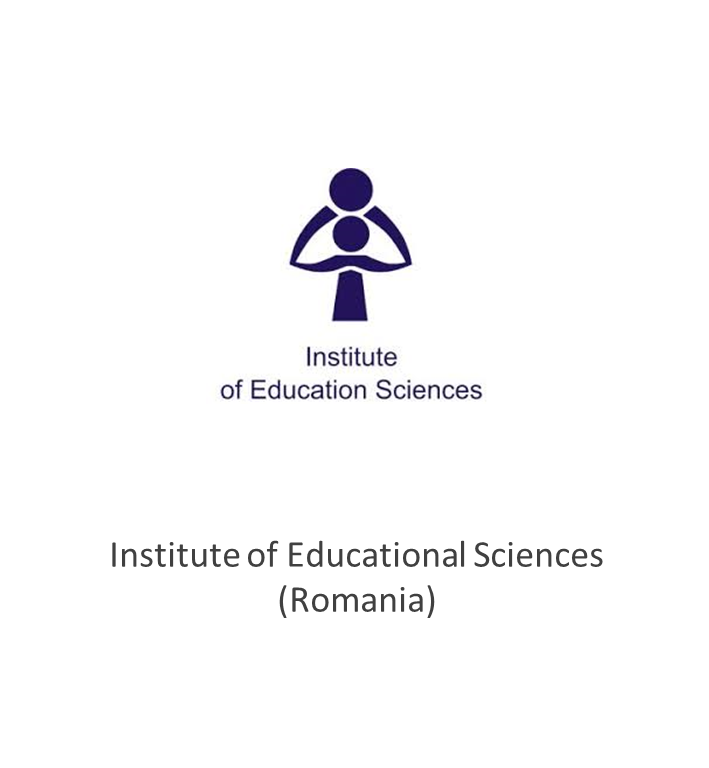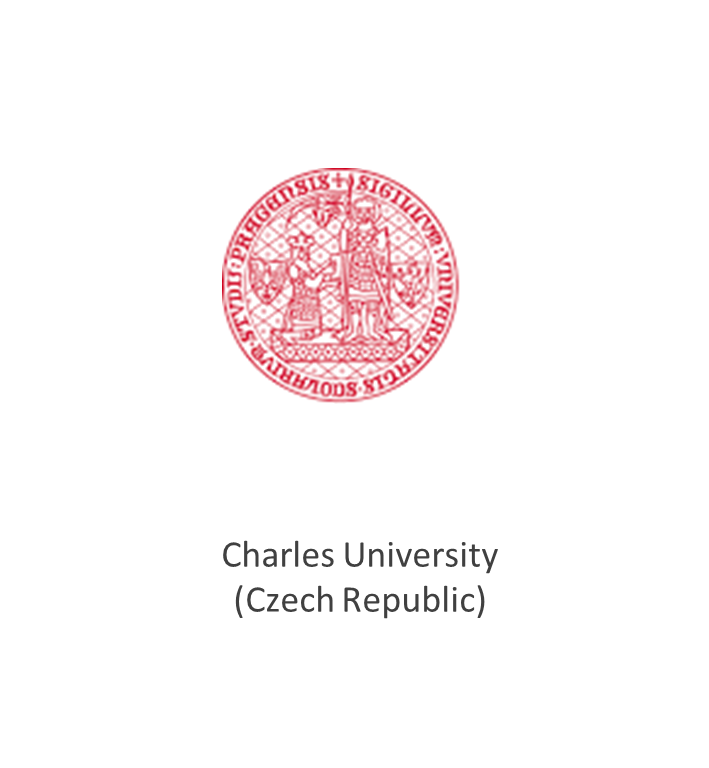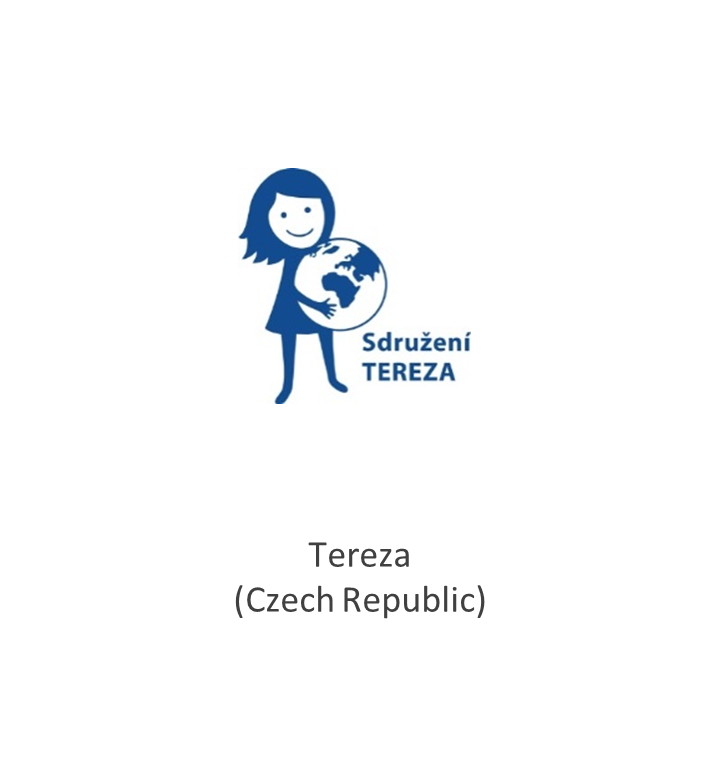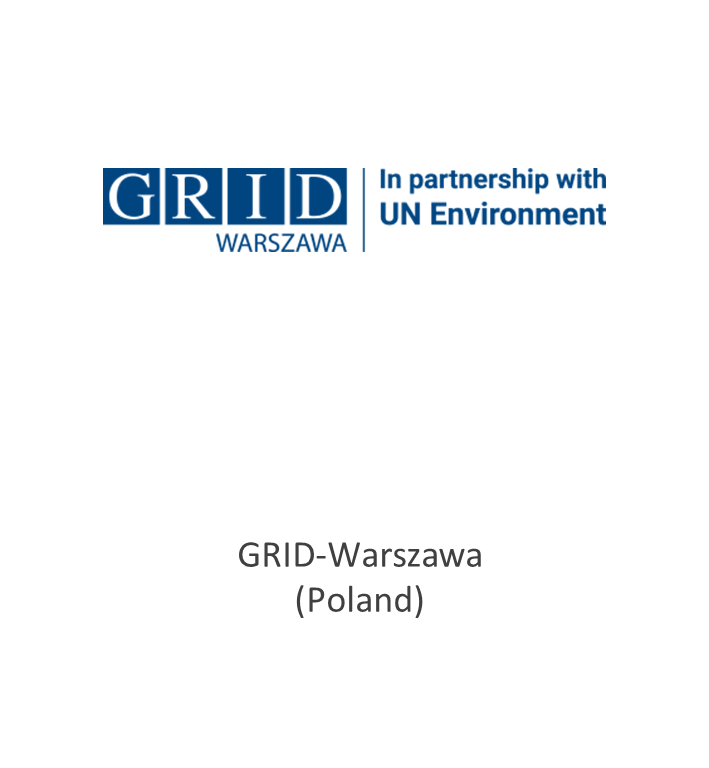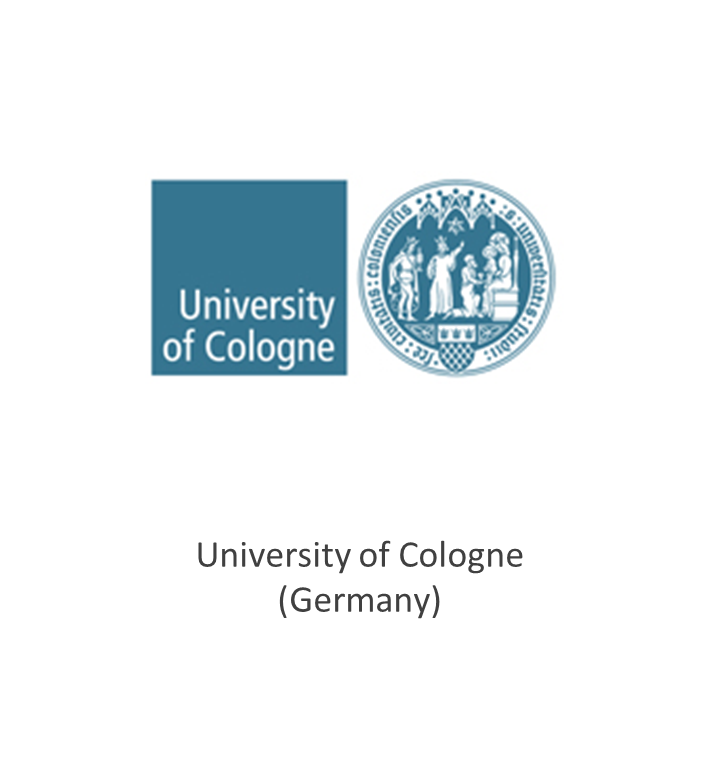Dear PULCHRA students,
I can’t believe it’s been almost a year since I started preparing the PULCHRA “How to Report” handbook. My task was clear: to explain how to get important information to reach people, how to write an article, how to make a video, what to focus on and what to avoid. But I also had a second, unspoken task. I wanted to show you, young and enthusiastic students, that journalism can be done differently from what we know from newspaper or TV. I wanted to show you that through news and reportages, you can not only inform people, but also motivate them to do something useful.
That’s why I’m very happy to see that your projects are going well and that you are making yourselves known to the world. I’ve noticed that you have added a lot of articles on the PULCHRA blog, that you are making videos, that some of you have started your own Facebook pages for your projects and people interact with them. I feel that you are really changing the world around you for the better. I think it’s amazing that you already know so much about journalism and reporting on environmental issues while in high schools or even elementary schools. For me, even college wasn’t enough.
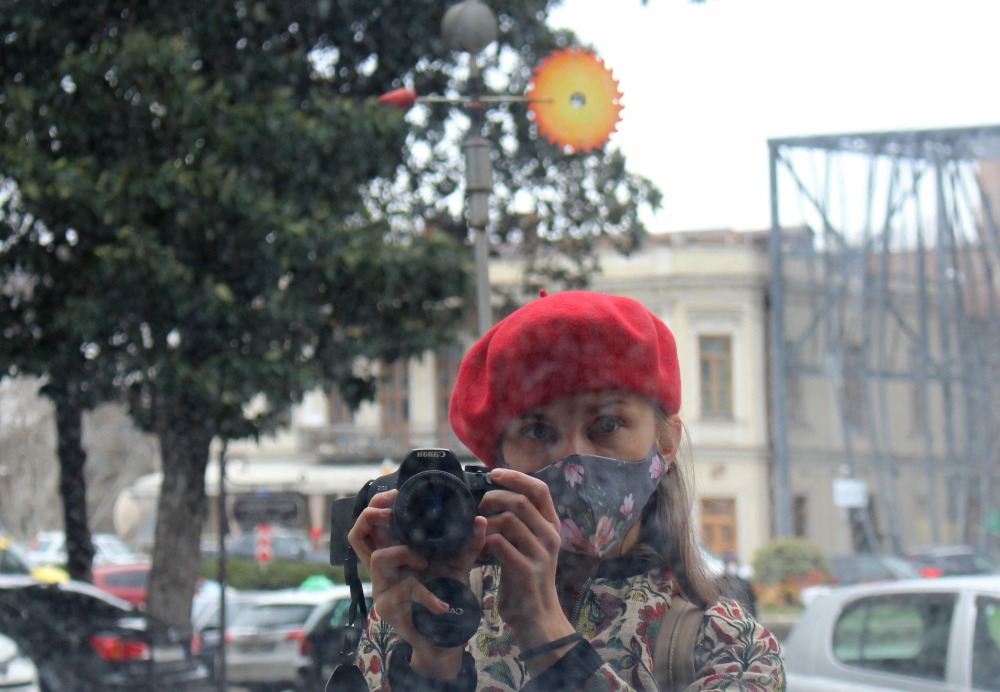
The media studies and journalism department taught me that bad news is good news. That no one reads positive news. I believed it, and for a long time, I even subconsciously followed this rule. But after college, I joined a similar project as you did. It was organized by the educational centre TEREZA in the Czech Republic together with Young Reporters for the Environment and it was about solutions journalism.
During the seminars within the project, I learned that the mood in our society is changing. People are fed up with news about problems and disasters, they are losing trust in journalists, and they turn to influencers to provide them with information, often in an entertaining way. If journalists want to keep the attention of what readers have left, they need to start writing about solutions, not only about problems.
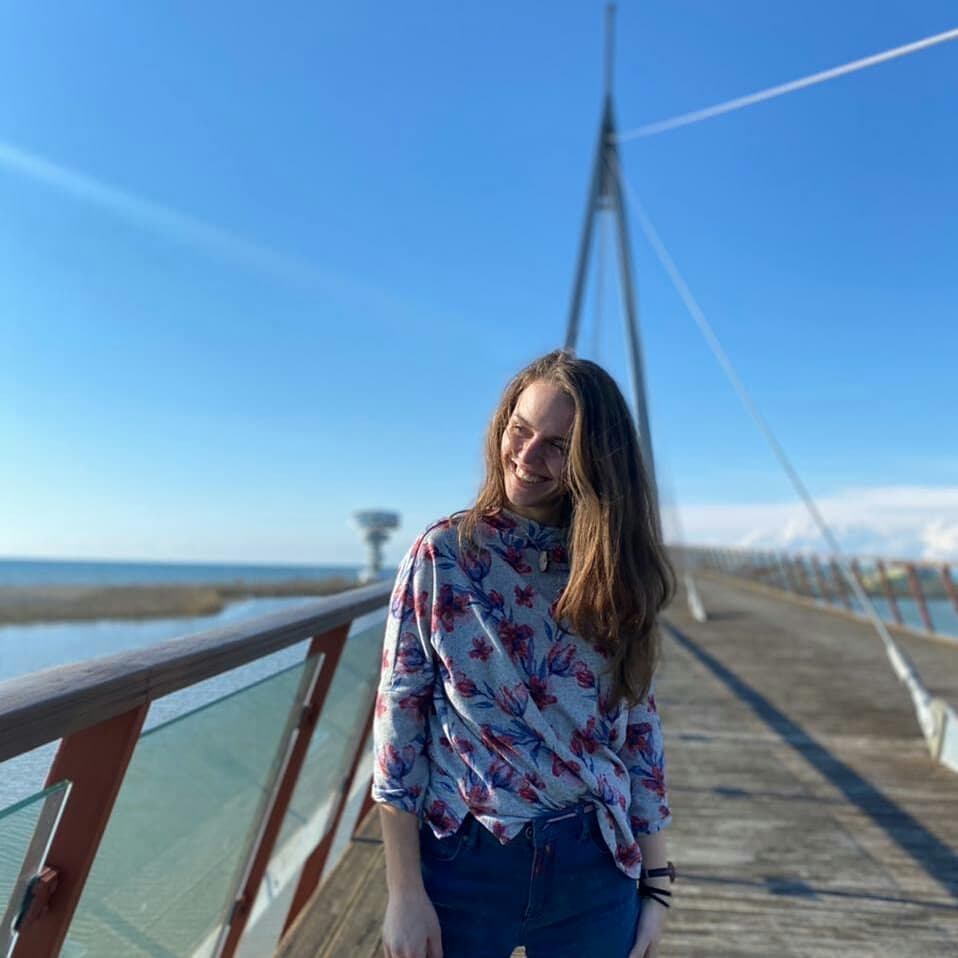
So, news don’t always have to be negative? This eureka moment has changed the way I look at journalism. Today, in every article or story I write, I try to include a story of someone who has managed to solve the discussed problem. Stories that don’t end in disaster, but also mention possible positive solutions, are of greater interest to the readers. I am now using the knowledge I gained from my participation in the project in my eight-month internship in the Georgian media. And they were very excited about my experience with solutions journalism.
In turn, I am happy to see you writing about your environmental activities. It fills me with the hope that quality journalism will not disappear from our society after all. Influencers are nice and will certainly continue to provide us with information in an entertaining way. But alongside them will stand a new generation of young reporters bringing verified, multi-sourced information, trying to lead by example and show people the way out of our problems.
And who knows, maybe one day we’ll meet in the editorial office of a prestigious media outlet, whether in Georgia, the Czech Republic or elsewhere in Europe because people are indeed more interested in news that not only discuss a problem but also offer possible solutions. Journalists with an experience like yours will be undoubtedly in great demand. So don’t forget to make yourselves known. I look forward to seeing you 😊.
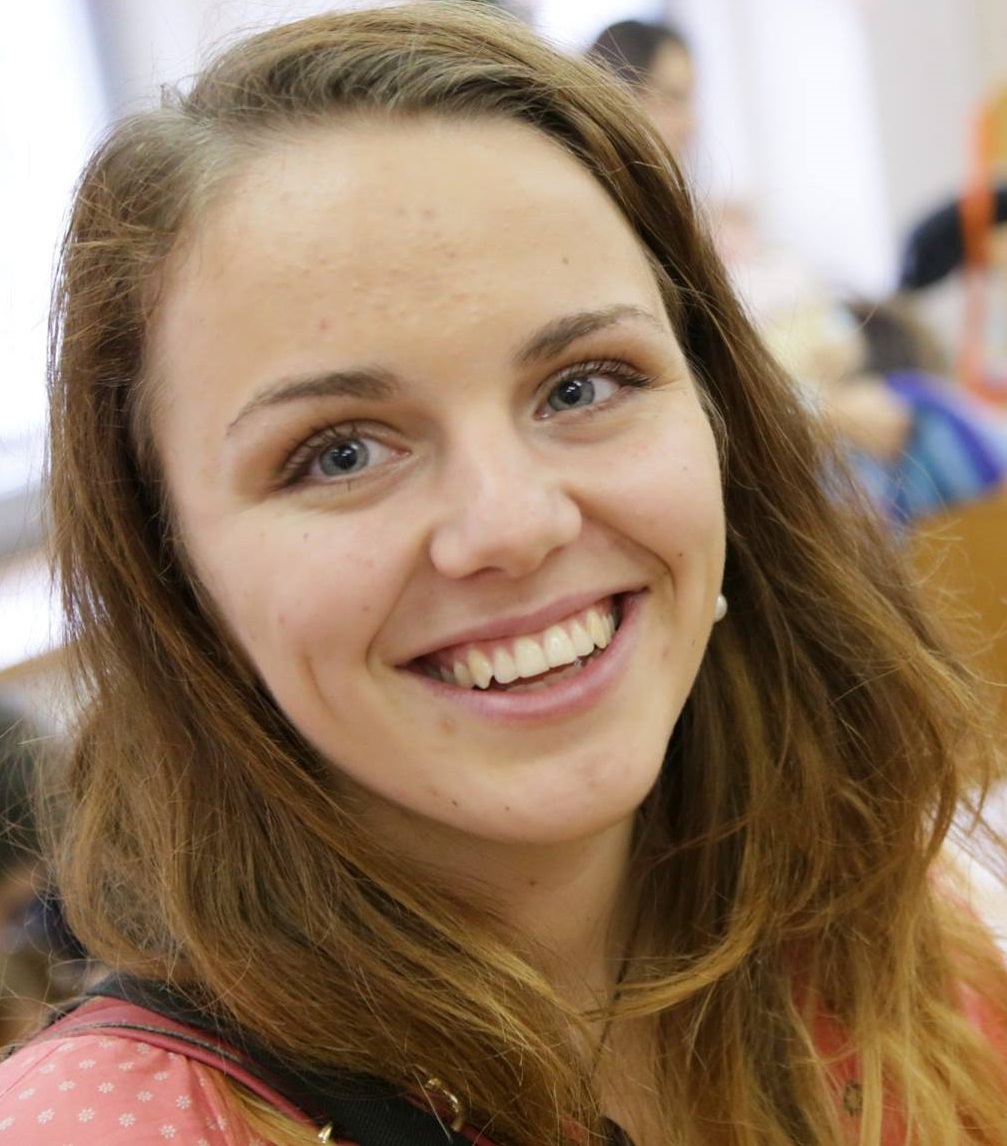 Marie Drahoňovská is the author of the PULCHRA Young Reporter’s Handbook. She follows the PULCHRA City Science Reporters activities from a distance.
Marie Drahoňovská is the author of the PULCHRA Young Reporter’s Handbook. She follows the PULCHRA City Science Reporters activities from a distance.


